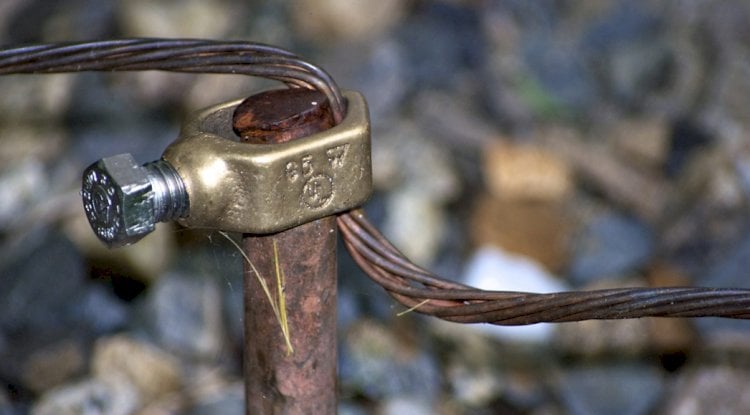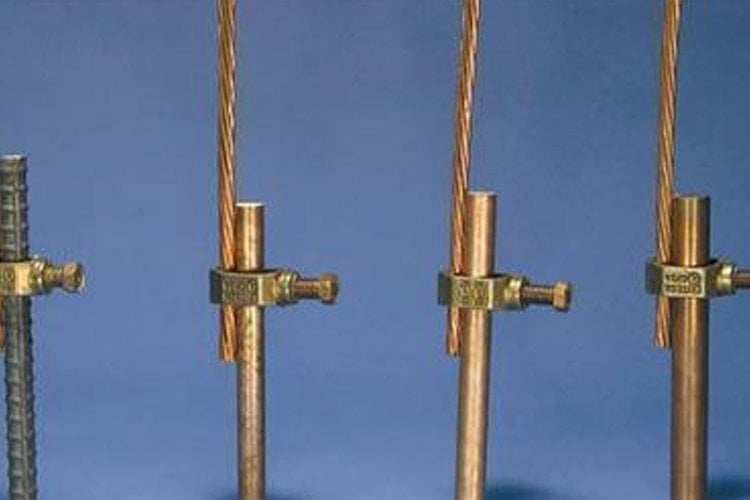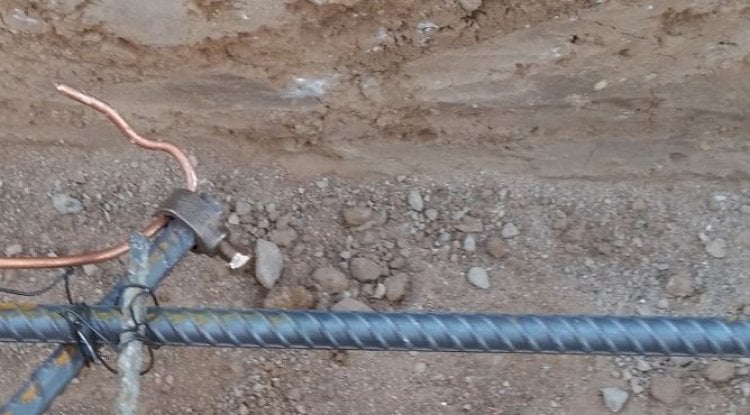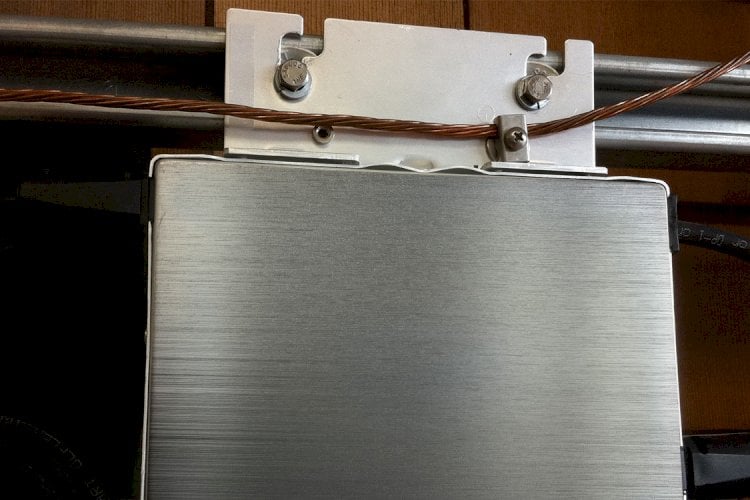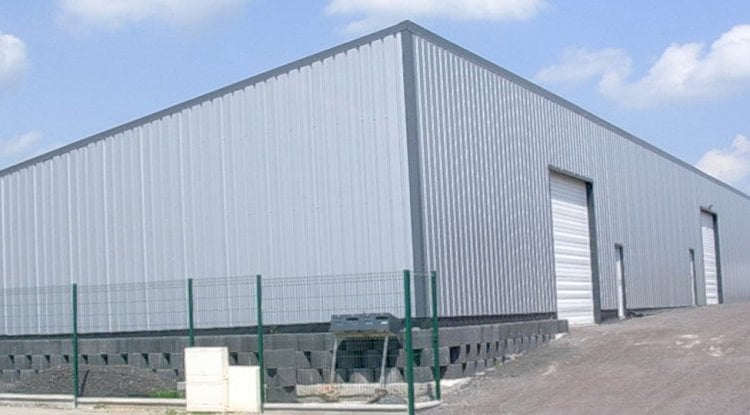Shyam asked:
What is the reason for using a bare conductor for below ground grounding instead of an insulated conductor?
The Answer:
The reason for using a bare copper conductor below-grade is to maximize the “leakage current” capacity and to maximize the sphere-of-influence of the grounding system.
For every given meter of conductive metal that is in contact with the earth or soil, a calculable amount of current/amperage will exit the grounding system and enter the earth, this is the “leakage current”.
When you insulate parts of the below-grade grounding system, you prevent those parts from allowing objectionable currents from exiting the grounding system and leaking into the earth. You additionally add stress and current flow to those parts of the grounding system that is in contact with the earth as they will now have to do more work. Having insulated conductors in your grounding system can also dramatically increase the resistance/impedance-to-earth of your overall grounding system because of the reduced sphere-of-influence.
Example of a grounding system using INSULATED copper wire
For example, say you had two (2) 3m grounding rods spaced 30m apart, interconnected with a below-grade insulated copper wire, and it must clear a 1,000-amp fault. As this system only has 6m of conductive metal in contact with the earth, each meter of grounding rod must pass 167 amps of current out to the earth, or 500 amps per rod. This is very high; a good rule of thumb for a single 3m grounding rod is not to exceed 100 amps total (this varies with soil conditions of course).
Additionally, this system has a sphere of influence of only 284 cubic meters of soil as each rod has a sphere-of-influence of around 142 cubic meters. This means that despite having a grounding system that is 30m long, we will only see the benefit of two earth rods in regards to our resistance/impedance-to-earth. Plus you paid money to trench up 30m of earth!
Example of the same grounding system using a BARE copper wire
In this example, we have a full 36m of exposed conductive metal in contact with the earth. Now each meter of conductor only needs to clear 28 amps of current. This is 6-times less current stress! Also, our sphere-of-influence is now roughly 162,000 cubic meters with over 500 times more soil being utilized by this system which means our resistance/impedance-to-earth of for this grounding system will be dramatically lower.
The power of cubic volume
Ultimately, this is the power of cubic functions (mathematically speaking). The first grounding system is two 3m rods. The second grounding system is a single 30m grounding electrode system. Cubic volumes are very powerful.
We hope this answered your question. We have additional information on this topic in our book “McGraw-Hill’s NEC 2014 Grounding and Earthing Handbook” available here: https://amzn.to/2sTi2ZU
The Engineering Experts at E&S Grounding Solutions

